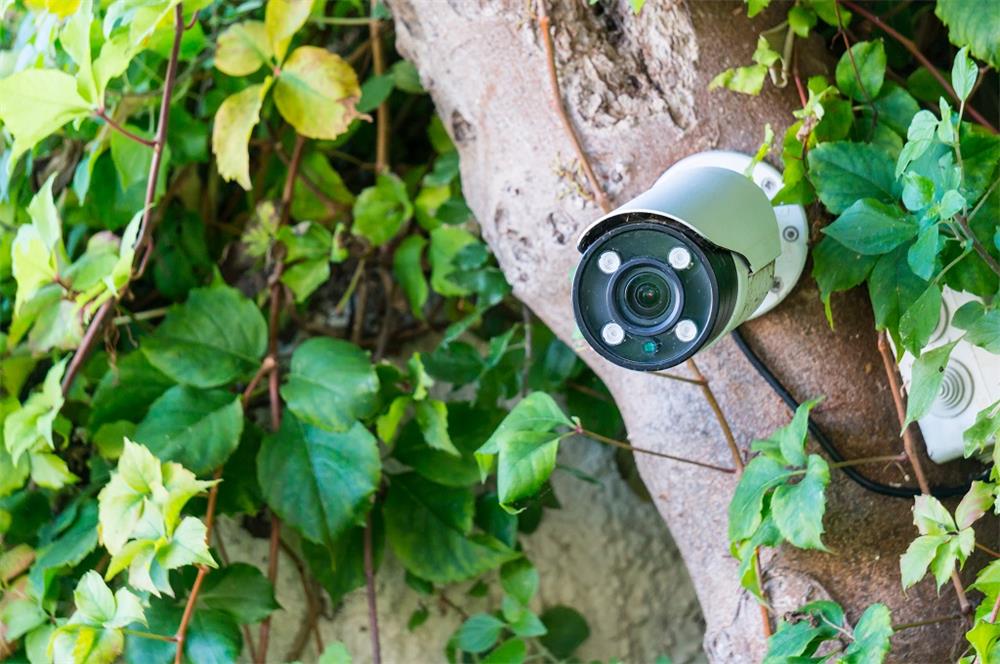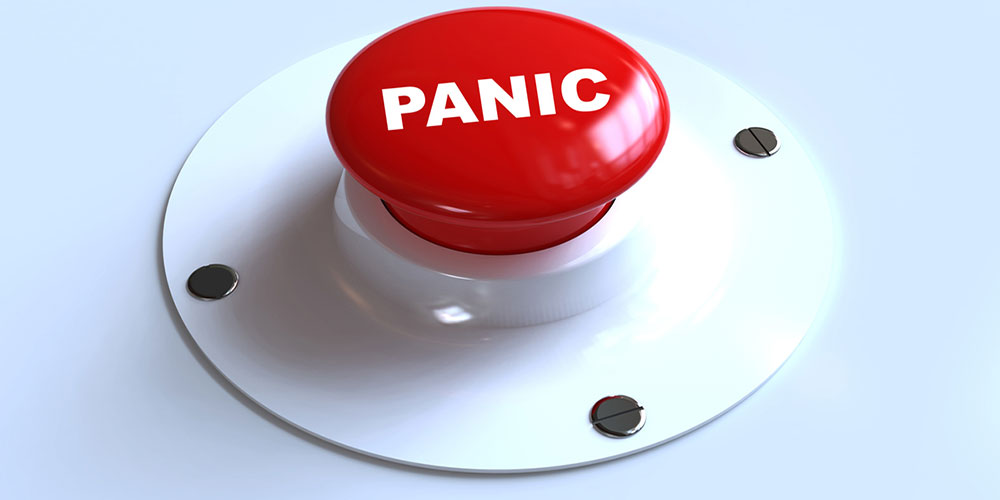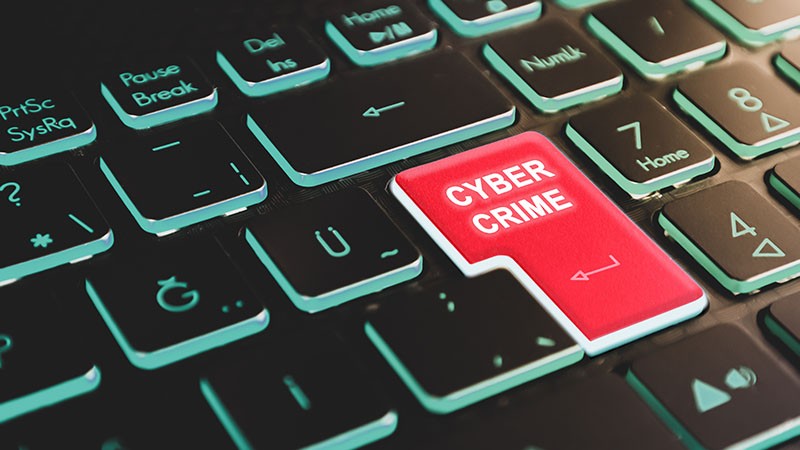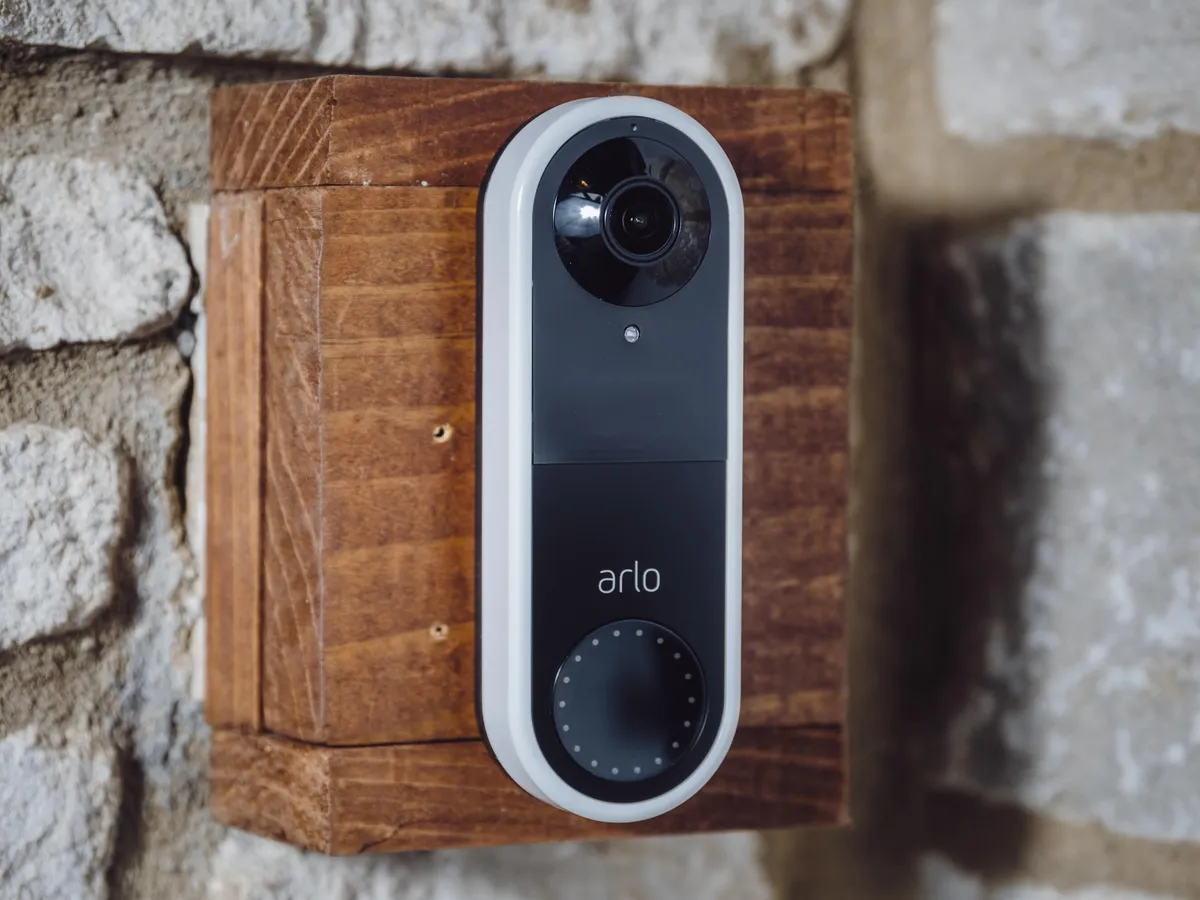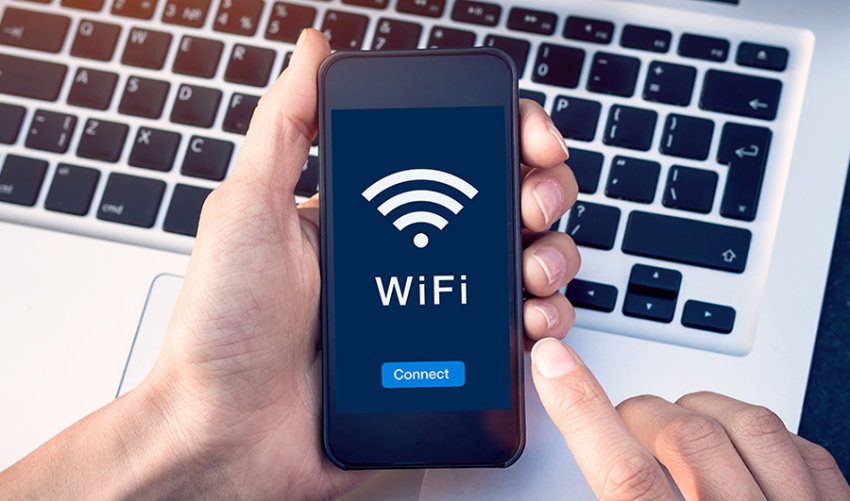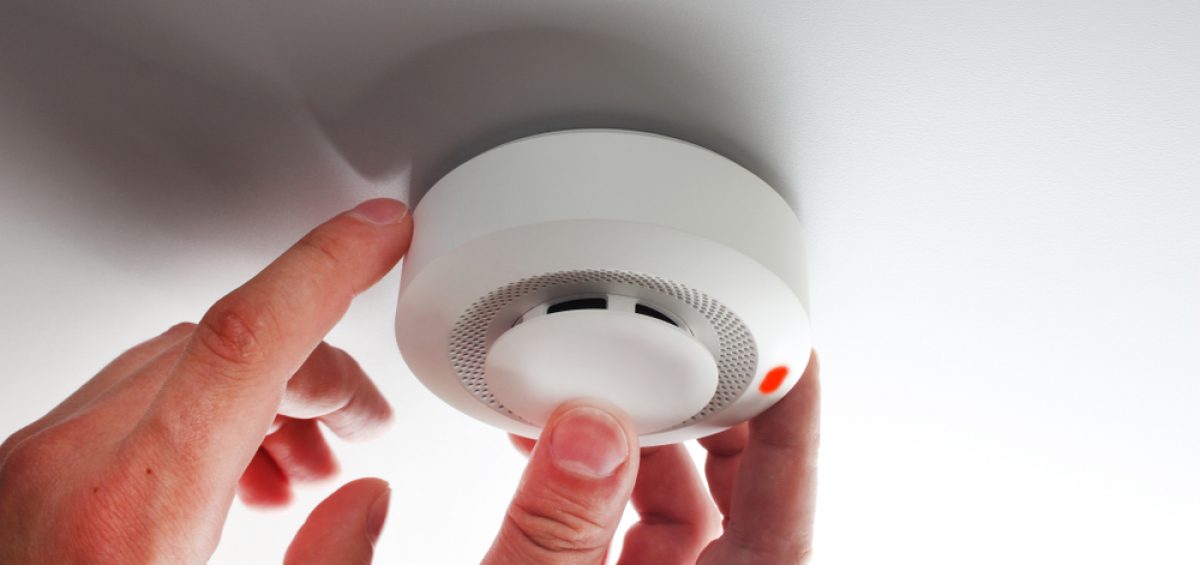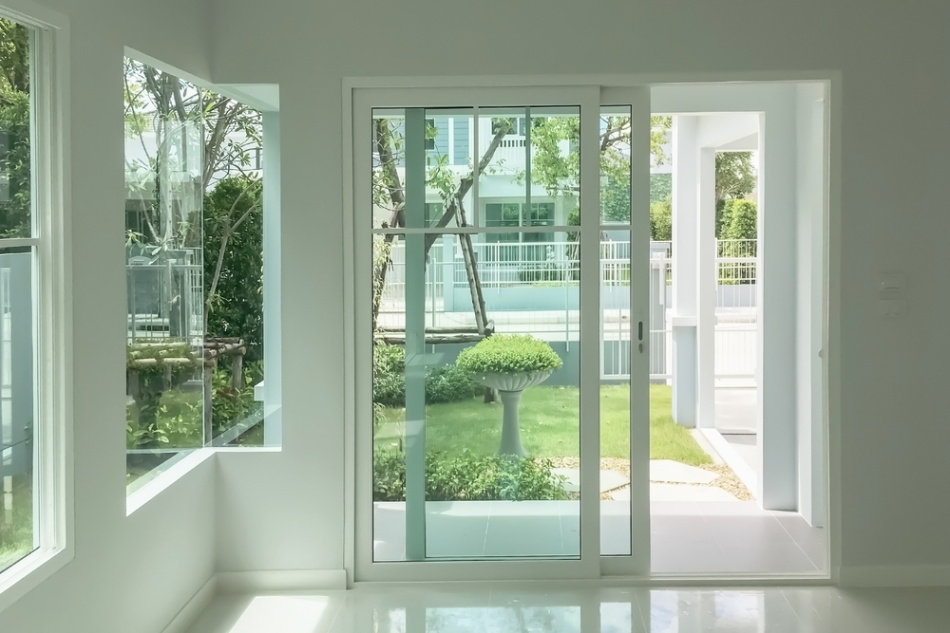Contents
The Importance of Security Cameras in Today’s World
In today’s world, security is a major concern for individuals and businesses alike. With the increasing prevalence of crime, security cameras have become an invaluable tool for keeping people and property safe. Security cameras can help deter criminals from targeting your property, provide evidence in case of a break-in or theft, and allow you to monitor your property remotely.
With the rise of smart home technology, security cameras have become more accessible and affordable than ever before. You can easily set up a system to monitor your home or business with just a few cameras and a smartphone app.
Why Discreet and Aesthetic Cameras are Preferred
While security cameras are essential for protecting your property, they can be an eyesore if not installed properly. Nobody wants to look at ugly cameras when they’re trying to relax in their backyard or enjoy the view from their balcony.
That’s why discreet and aesthetic cameras are preferred by many homeowners and businesses. Discreet cameras blend in seamlessly with their surroundings, making them nearly invisible.
Aesthetic cameras are designed to look attractive while still providing top-notch security. Choosing discreet and aesthetic security cameras not only enhances the appearance of your property but also helps protect you without drawing unwanted attention from potential intruders who may try to avoid detection by targeting visible surveillance systems.
Choosing the Right Camera Type
Types of Cameras Available in the Market
Security cameras come in different shapes, sizes, and types. The most common types are bullet cameras, dome cameras, PTZ (pan-tilt-zoom) cameras, and hidden cameras. Bullet cameras are cylindrical and designed for outdoor use.
Dome cameras are rounded and can cover a larger area than bullet cameras. PTZ cameras have the ability to move horizontally and vertically to cover a larger area and zoom in on specific details.
Hidden cameras are disguised as everyday objects such as clocks or smoke detectors. Each type has its strengths and weaknesses depending on your surveillance needs.
Bullet cameras are great for monitoring outdoor activities while dome cameras can be more discreet when placed indoors. PTZ camera’s ability to zoom in on specific events makes them ideal for monitoring large open spaces while hidden cams may be useful if you’re trying to catch someone doing something they shouldn’t.
Pros and Cons of Each Type
Bullet Cameras: Pros:
– Durability due to their weatherproof design – Better night vision capabilities
– Good image quality Cons:
– Large size can make them difficult to hide – Limited flexibility in terms of movement
Dome Cameras: Pros:
– Can cover a wider angle than bullet cams – Discreet design makes them less noticeable
– Difficult to tamper with due to their location Cons:
– Can be more expensive than other cam types – May not have as good night vision capabilities
PTZ Cameras: Pros:
– Ability to zoom in on specific details – Wide coverage area with pan/tilt features
– Great for large open spaces Cons:
– Pricey compared to other cam types – Not suitable for small rooms or enclosed spaces
Hidden Cameras: Pros:
– Disguised as everyday objects – Great for covert surveillance
– Easy to hide Cons:
– Limited viewing angle – May not be suitable for large areas
Factors to Consider When Choosing a Camera
When choosing a security camera, there are several important factors to consider. First, determine the area you want to monitor and its size.
This will help you decide which type of camera is best for your needs. If you’re looking for outdoor surveillance, bullet cameras may be ideal.
If you need indoor surveillance with more coverage, dome cameras may be a better choice. Another factor to consider is the resolution of the camera.
The higher the resolution, the clearer the image will be. However, higher resolution cameras can also be more expensive.
Consider features such as night vision capabilities, motion detection sensors and remote access options when choosing a security camera that best suits your needs. With so many options available in the market today at different price points, it’s important to do your research before selecting a camera that fits your budget and specific monitoring requirements.
Camouflage Techniques
Hiding cameras in plain sight
When it comes to security cameras, one of the most effective camouflage techniques is to hide them in plain sight. This means placing the camera in a spot that is easily visible but not immediately noticeable. For instance, you could place a small camera on top of a bookshelf or behind some artwork on your wall.
This makes it difficult for intruders to locate and tamper with the camera. Another effective way to hide your cameras in plain sight is by using decoy cameras.
These are non-functional cameras that look like real ones but don’t actually record anything. When placed strategically, they can help deter criminals who think they are being monitored.
Using creative covers to blend in with surroundings
One of the most popular camouflage techniques used by homeowners is covering their security camera with creative covers that blend into their surroundings. For instance, you could cover your outdoor camera with a birdhouse or a faux rock cover that matches the landscape around it. You could also use decorative covers that match the decor inside your home.
Some companies even sell skins and wraps for security cameras that allow you to customize them even further. These skins are easy to install and can make your cameras blend seamlessly into their surroundings.
Concealing wires and cables
Another important aspect of making your security cameras more discreet is concealing wires and cables. Visible wires can give away the location of your camera and make it easier for intruders to tamper with them.
To conceal wires and cables, start by looking for ways to run them through walls or ceiling spaces where possible. You could also use cable clips or adhesive tape to run wires along baseboards or under carpets.
If hiding wires isn’t an option, you can still minimize their appearance by using wire covers that match the color of your walls or floors. This will make them less noticeable and help your cameras blend in better with their surroundings.
Overall, there are many ways to make your security cameras more discreet and aesthetically pleasing. By using camouflage techniques like hiding cameras in plain sight, using creative covers, and concealing wires, you can create a more seamless and effective security system for your home or business.
Placement Strategies
Identifying the Best Spots for Your Cameras
When it comes to placing your security cameras, choosing the right spots is crucial. You want to make sure you cover all vulnerable areas without compromising on the aesthetic appeal. Start by evaluating your property and identifying areas that are most likely to be targeted by intruders.
These include entry points, back doors, windows and any blind spots. It’s also important to consider factors such as lighting conditions and potential obstructions.
For instance, if a camera is placed in an area where there’s too much glare or backlighting, it will be difficult to capture clear footage. Similarly, if there are obstacles that could block the view of your camera (such as trees or bushes), you’ll need to find a workaround.
Avoiding Obvious Locations
One of the biggest mistakes people make when installing security cameras is placing them in obvious locations. Burglars are aware of common areas where cameras are placed (such as above front doors or garage entrances) and will try their best to avoid them.
Instead of sticking with traditional placements, think outside the box and get creative with your approach. For example, you could install a camera inside a birdhouse on your porch or use a fake rock camouflaged camera in your garden.
Using Angles and Heights to Your Advantage
Getting creative with angles and heights can help you conceal your security cameras while still maintaining optimal visibility. Consider installing cameras at higher elevations- this can help reduce the chances of vandalism while providing wider coverage angles. When selecting angles for placement, try making use of corners- this will enable you to capture footage from multiple directions without needing multiple cameras.
In addition to clever hiding spots for discreet coverage around specific zones in your home complex such as entranceways or outdoor living spaces like pool decks, make sure you cover common walkways and parking areas. You can use outdoor lighting to your advantage here as well.
A strategically placed camera with the right lighting can be all the coverage you need. Overall, placement is key when it comes to security cameras- take time to assess your property and get creative with your approach.
Lighting Considerations
The Impact of Lighting on Camera Visibility
When it comes to security cameras, lighting is everything. Proper lighting allows you to capture better images and provides more accurate footage.
Without proper lighting, your security camera might not function optimally. For instance, cameras that have a low-light rating may struggle during nighttime surveillance or in areas with less natural light.
In addition, extreme lighting conditions can cause issues such as glare or overexposure which can impair the quality of the footage captured. It’s important that you factor in the amount and type of light in an area before installing your camera so that you can ensure optimal performance.
Tips for adjusting lighting to improve camera performance
The following are tips for adjusting the lighting to improve camera performance:
1. Install additional lights: Adding more lights to an area can help improve image quality without any additional adjustments.
2. Adjust existing lights: Sometimes changing the angle or direction of existing lights can help eliminate unwanted shadows or glare from sunlight.
3. Use filters: Depending on the type of camera being used, adding filters – such as anti-glare or IR cut-off filters – can help reduce glare and improve image clarity.
4. Use motion-detection lighting: Motion-detection lights only turn on when motion is detected nearby and this helps ensure that there is enough coverage when needed without having to leave them on all night unnecessarily.
Optimizing your security camera’s performance requires careful consideration about factors such as placement and illumination levels which affect visibility both in the daytime and at night time conditions where adequate external light sources may be limited. Be sure to test your cameras under different conditions before finalizing their installation so you can be confident they will perform optimally when necessary!
Remote Monitoring Options
Wireless connectivity options for remote monitoring
One of the most significant advantages of modern security cameras is their ability to connect wirelessly to your home network. This connectivity opens up a whole range of remote monitoring options that aren’t available with traditional wired systems.
Wi-Fi-enabled cameras allow you to monitor your property from anywhere in the world using your smartphone, tablet, or computer. This feature makes it easy to keep an eye on things when you’re away from home, whether you’re at work, on vacation, or running errands.
Many newer cameras also support voice control and integration with smart home systems. These features let you issue commands like “Show me the front door camera” through virtual assistants like Amazon’s Alexa or Google Assistant.
Advantages of remote monitoring
The benefits of remote monitoring go far beyond just being able to check in on your property while you’re away. For example: – Improved Safety: With a remote monitoring system in place, you can quickly identify any potential safety hazards and take steps to address them before they become serious problems.
– Cost Savings: By catching potential issues early, and addressing them promptly, you can often avoid costly repairs down the line. – Peace of Mind: Knowing that your property is being monitored 24/7 provides peace of mind and allows you to relax and enjoy your time away from home without worrying about what might be happening back there.
Another advantage is that many modern security cameras can be set up to send alerts directly to your smartphone if they detect any unusual activity. This feature helps ensure that you’ll always be notified if there’s anything out of the ordinary happening at home – even if you’re not actively watching live video feeds.
Wireless connectivity options for remote monitoring provide numerous benefits for homeowners who want to keep tabs on their homes while they are away. Not only do they offer a great deal of convenience and peace of mind, but they can also help prevent costly repairs and ensure that your property is as safe as possible.
Maintenance and Upkeep Tips
Regular maintenance tasks to keep cameras functioning properly
Just like any other piece of electronic equipment, security cameras require regular maintenance to perform optimally. It’s important to check your cameras periodically for any signs of wear and tear, dust buildup or damage. Here are some tips on what you should do:
– Check the camera’s housing: Make sure that the camera’s housing is in good condition and that there are no cracks or damage. This is important as it protects the camera from outdoor elements such as rain, snow and wind.
– Clean the lens: Over time, dust and debris can accumulate on your camera’s lens which can affect its image quality. Use a soft cloth to gently clean the lens (make sure not to scratch it) so that it remains clear and free of blemishes.
– Tighten screws: Check all screws on your camera regularly to make sure they are tight. Loose screws can cause vibrations which can impact image quality.
– Check cables: Look for signs of wear or damage on cables that connect your camera. If you see any frayed parts or exposed wires, consider replacing them as soon as possible.
Cleaning techniques for optimal performance
Cleaning your cameras regularly will help ensure optimal performance and extend their lifespan. Here are some cleaning techniques you can use:
– Use canned air: Canned air is a great way to get rid of dust buildup without touching the lens or moving parts of your security camera. – Use a soft cloth: Use a soft lint-free cloth to wipe down any surfaces on your camera that may be dirty or grimy.
– Avoid harsh chemicals: Avoid using harsh chemicals when cleaning your cameras, as they may damage sensitive components. Water is usually enough for most types of dirt.
The importance of following manufacturer instructions
It’s important to follow the manufacturer’s instructions when cleaning and maintaining your security cameras. Each camera model may have its own unique set of requirements, so make sure to read the manual before attempting any maintenance tasks.
Some cameras may require special cleaning solutions or techniques that are specific to their design. Failure to follow these instructions could result in damage to the unit or even personal injury.
When to call a professional
In some cases, it may be best to leave maintenance and repairs in the hands of a professional. If you notice anything unusual about your security camera’s performance and you’re not sure how to fix it, contact a licensed technician for assistance.
Trying to repair your security camera yourself could cause further damage, which would only cost you more in the long run. By calling a professional, you can ensure that your camera is properly fixed and optimized for performance.
Conclusion
Recap of Key Takeaways
Throughout this article, we’ve covered various ways to make your security cameras more discreet and aesthetic. We started by discussing the importance of security cameras and why it’s important to have them in our homes and businesses.
Then, we talked about choosing the right camera type and the pros and cons of each type. We also discussed camouflage techniques such as hiding cameras in plain sight, using creative covers to blend in with surroundings, and concealing wires and cables.
We explored placement strategies such as identifying the best spots for your cameras, avoiding obvious locations, using angles and heights to your advantage. We talked about lighting considerations which can impact camera visibility.
Final Thoughts on the Importance of Discreet and Aesthetic Security Cameras
Having security cameras at home or business is essential for safety reasons but it’s also important that they look good too. By making your cameras more discreet and aesthetic they are less likely to be tampered with or removed by intruders which ensures you get a clear footage when needed most.
By implementing all these tips mentioned in this article you will have a better understanding of how to choose the right camera type for your needs, where to place them strategically around your property while ensuring they blend well with their surroundings. Overall, investing time into researching about how you can make your security system more discreet will only enhance its overall performance giving peace of mind that you’re doing everything possible to keep yourself safe from harm’s way!

